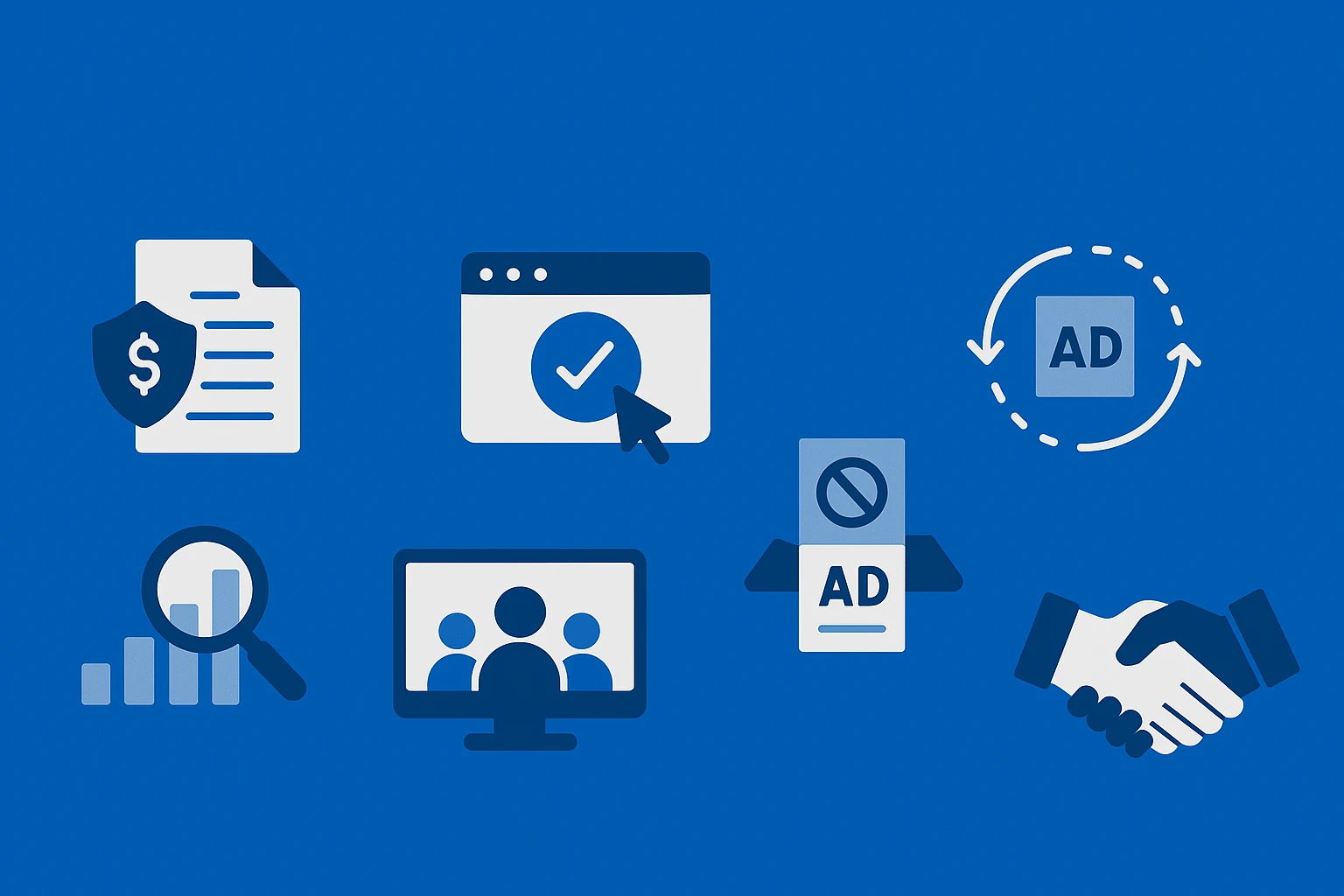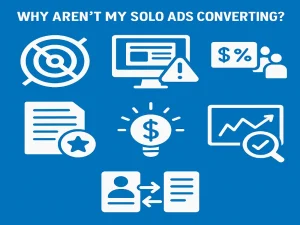
Solo ads can be a great way to build your email list and grow your business. But let’s be honest: the solo ad industry has its fair share of scammers. Many sellers promise “high-quality traffic” only to deliver fake clicks, bots, or untargeted email lists that never convert.
If you’ve ever spent hundreds of dollars on solo ads and gotten zero results, you know the frustration. The good news is, with the right approach, you can protect yourself and avoid wasting money.
Here’s how to spot shady solo ad vendors — and what you can do to make sure your solo ad traffic is real, targeted, and worth the investment.
1. Understand the Most Common Solo Ad Scams
Before you can protect yourself, you need to know what scams look like. Here are the most common ones in the industry:
- Fake Clicks & Bot Traffic – Sellers send automated bot clicks that look real on the surface, but never opt-in or buy.
- Recycled or Low-Quality Lists – Some vendors blast your offer to dead email lists or irrelevant niches.
- Click Swapping – Vendors trade clicks with other sellers, so you end up with traffic from random, untargeted sources.
False Guarantees – Any seller promising “guaranteed sales” is a red flag. Traffic can’t guarantee conversions.
2. Buy from Trusted Platforms or Vendors
One of the easiest ways to avoid scams is to use reputable solo ad marketplaces like Udimi, TrafficForMe, or SoloAdsX. These platforms have built-in buyer protections, ratings, and verified reviews.
If you’re buying directly from an individual seller:
- Look for testimonials from marketers in your niche.
- Ask for proof of past opt-in rates.
- Avoid anyone who can’t show real tracking data.
Pro Tip: Stick with sellers who specialize in your niche. A “make money online” list will not perform well if you’re selling weight loss products.
3. Track Every Click
If you don’t track your clicks, you’ll never know whether your traffic is legit. Scammers rely on beginners who don’t use tracking tools.
Use platforms like:
Tracking lets you see:
- The IP addresses of your traffic.
- The percentage of unique vs. duplicate clicks.
- Opt-in conversion rates.
If you notice a high number of Tier 3 traffic (India, Pakistan, Africa, etc.) when you only paid for Tier 1 traffic (US, UK, Canada, Australia) — you’re probably being scammed.
4. Test Small Before Scaling
Never start with 1,000 clicks from a new vendor. That’s an easy way to lose money fast. Instead:
- Start with 100–200 clicks.
- Measure opt-in rate, cost per lead, and email engagement.
- If results are good, scale up slowly.
This way, you can cut off bad traffic sources before wasting a big budget.
5. Evaluate the Quality of Traffic, Not Just Quantity
Scammers often brag about sending huge volumes of clicks, but what matters is quality, not quantity.
Signs of high-quality solo ad traffic:
- Opt-in rate between 30–50% (depending on your landing page).
- Subscribers engage with your emails (open rates above 15–20%).
- Some leads eventually convert into buyers after your follow-up sequence.
Signs of poor-quality or scam traffic:
- Very low opt-in rate (under 15%).
- Sudden spikes of clicks in seconds (suggesting bots).
- No engagement with your emails.
6. Avoid Sellers Who Oversell Their Lists
Some solo ad sellers blast their lists daily with different offers. If the subscribers are constantly spammed, they won’t engage with your offer.
How to Protect Yourself:
- Ask the vendor how often they email their list.
- Work with sellers who focus on list quality, not just volume.
- Look for repeat buyers who vouch for consistent results.
7. Build Long-Term Relationships with Trusted Vendors
Once you find a vendor who delivers real, converting traffic, stick with them. Building trust with reliable solo ad sellers is far more profitable than jumping from one unknown provider to another.
A long-term relationship also means:
- Better prices over time.
- Access to the vendor’s best traffic sources.
- Higher priority when ordering.
Final Thoughts
The solo ad industry can be a goldmine — or a money pit. The difference comes down to who you buy from and how you track results.
To avoid getting scammed by solo ad sellers, always:
- Use trusted platforms or vetted vendors.
- Track every click with reliable software.
- Test small before scaling.
- Focus on opt-in rates and engagement, not just raw traffic numbers.



